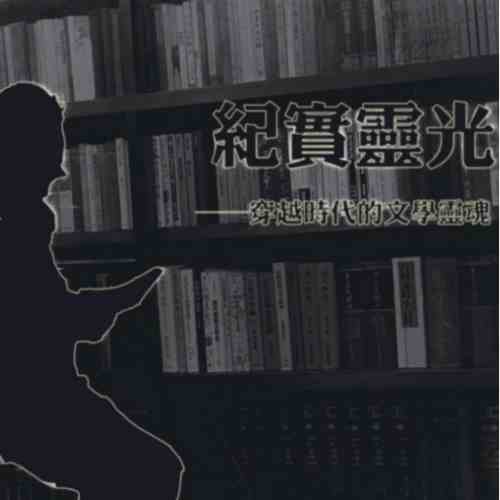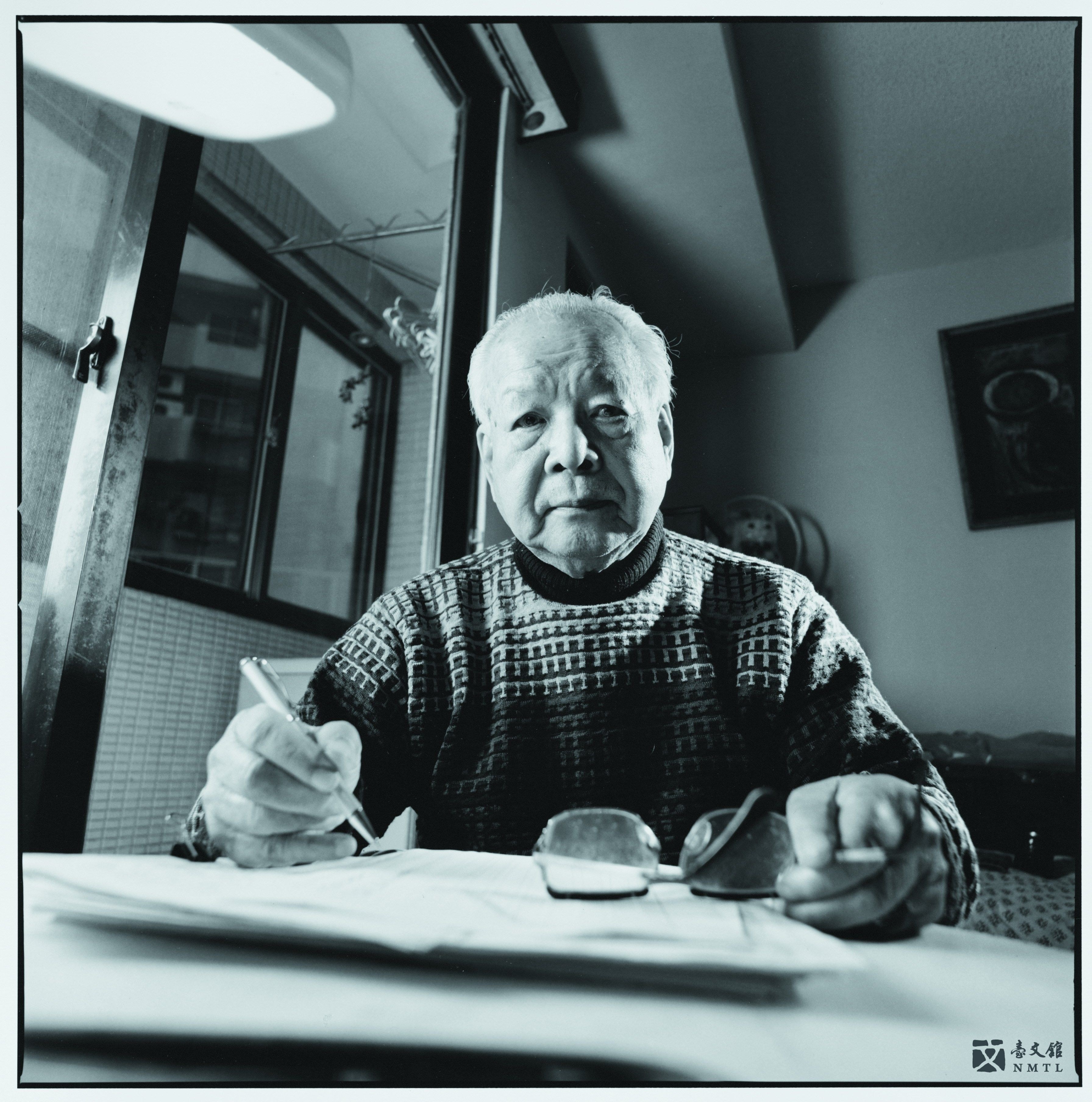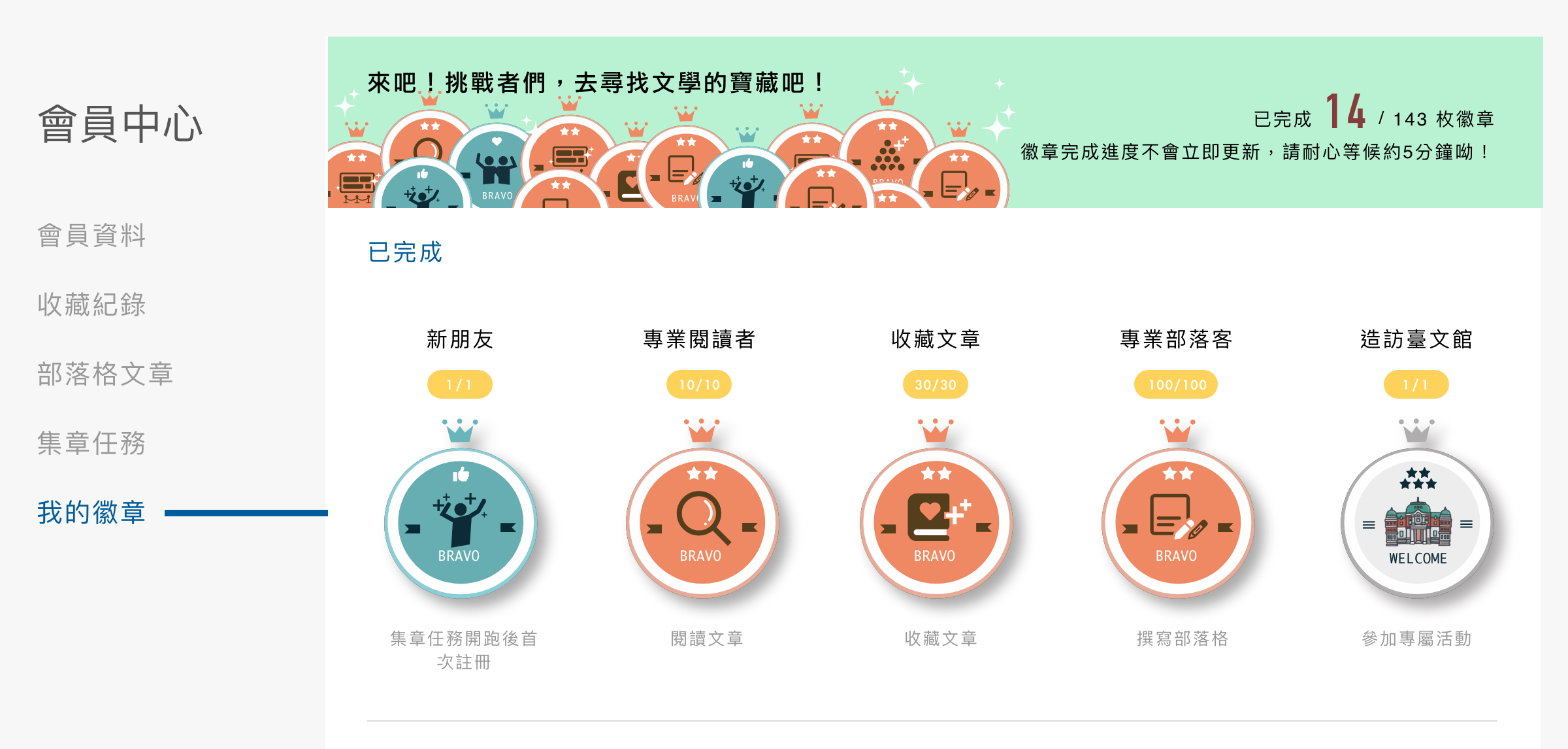However, if I could feel dignified as a Japanese, I must be even more dignified being a Taiwanese. Never look down upon ourselves just because we were born in the South. Adapting to the life here does not mean we should despise the countryside soil of our homeland, thinking it stinks.
——Wang Chang-hsiung, Rushing Currents
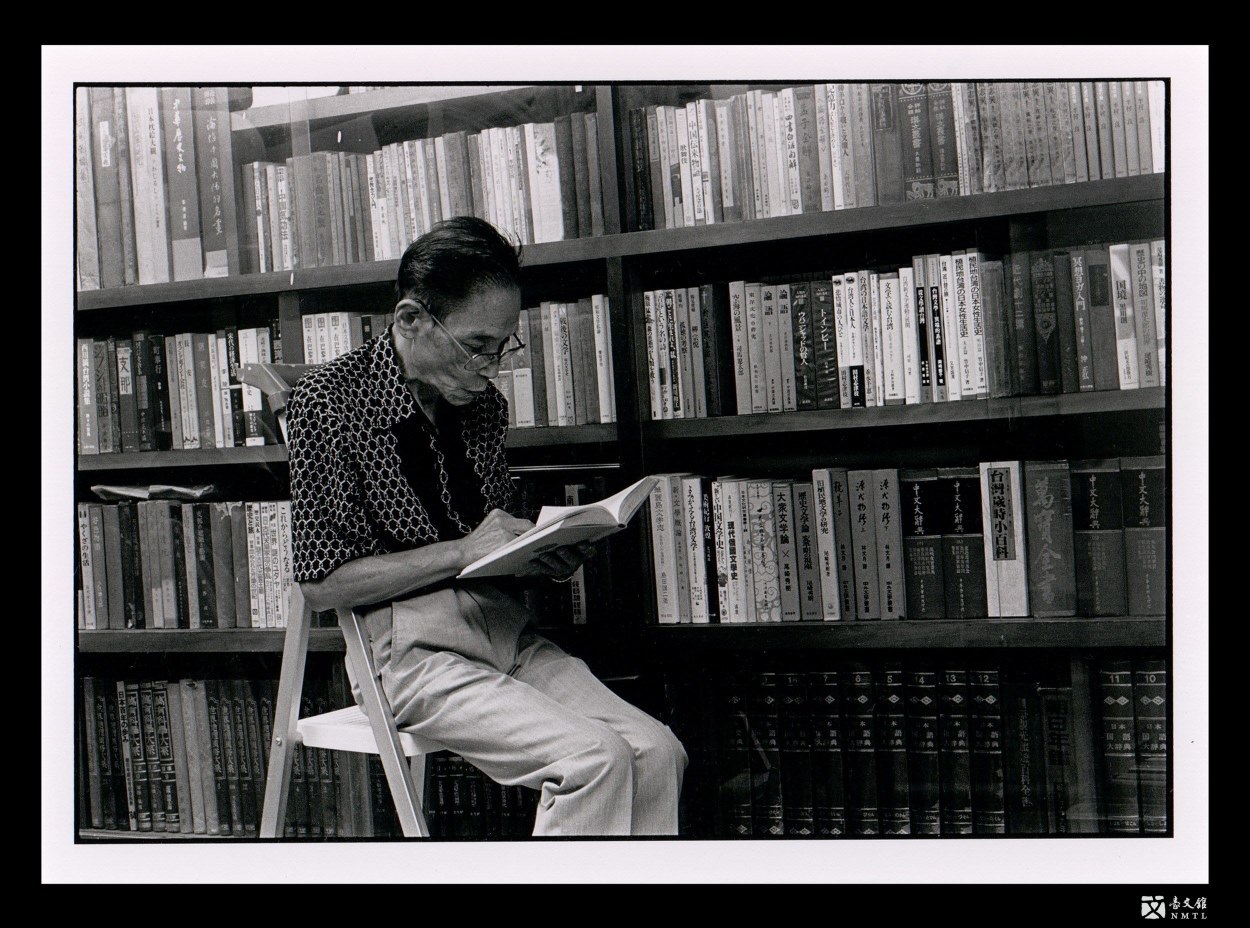
▒ Wang Chang-hsiung ▒
Wang Chang-hsiung, reading by a bookshelf on a chair, on the second floor of his clinic at Zhongshan North Road, June 1998.(Provided by Lin Po-Liang)
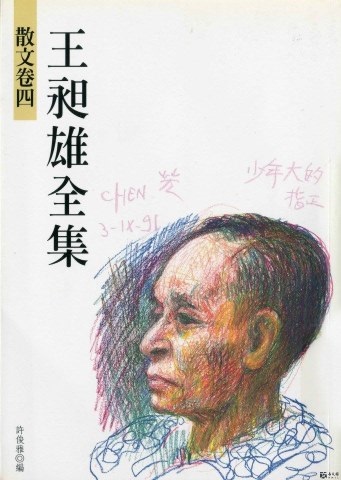
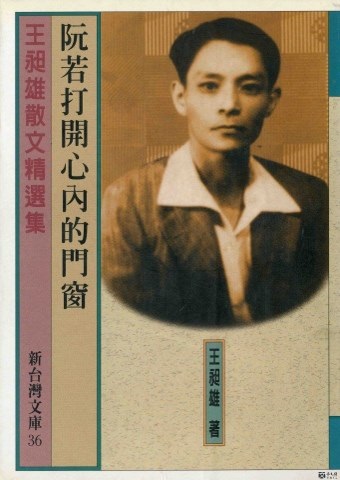
📖 “The Complete Works of Wang Chang- hsiung” & “Opening the Window of My Heart”
Introduction
Born in Tansui, Taipei County, Wang Chang-hsiung (1916-1999) had a given name of Wang Jung-sheng. In 1923, he enrolled in Tanshui Public Elementary School. Upon graduation in 1928, Wang went for further studies at Ikubunkan Junior High School in Japan. In 1933, he was admitted to the Department of Literature at Nihon University, although he transferred to the Department of Dentistry in 1934. In 1935, he became a staff member of Blue Bird, a magazine, and joined Paper of Culture and Art, a quarterly, in 1937. Wang returned to Taiwan in 1942 after graduation and opened a clinic in Tansui. In the same year, he joined Taiwan Literature founded by Chang Wen-huan. Wang became a history teacher of Chunde Girls’ High School in 1946.
Wang’s works are mainly novels, modern poems and essays. His representative works include novels such as “Riddles of Tanshui River” and “Rushing Currents,” modern poems such as “My Songs,” “Notes about a Shabby Alley,” and “Conversations between a Tree and the Winds,” in addition to the lyrics of “Opening the Window of My Heart” which was composed by Lu Chuan-sheng.
Wang Chang-hsiung’s works contain certain naturalist literary views and the influence of Japan’s “I-novel.” On the one hand, the writer liked to unveil stories through objective descriptions whilst suggesting the protagonists’ thoughts. On the other, he introduced autobiographical elements to these stories – a subjective method to take.
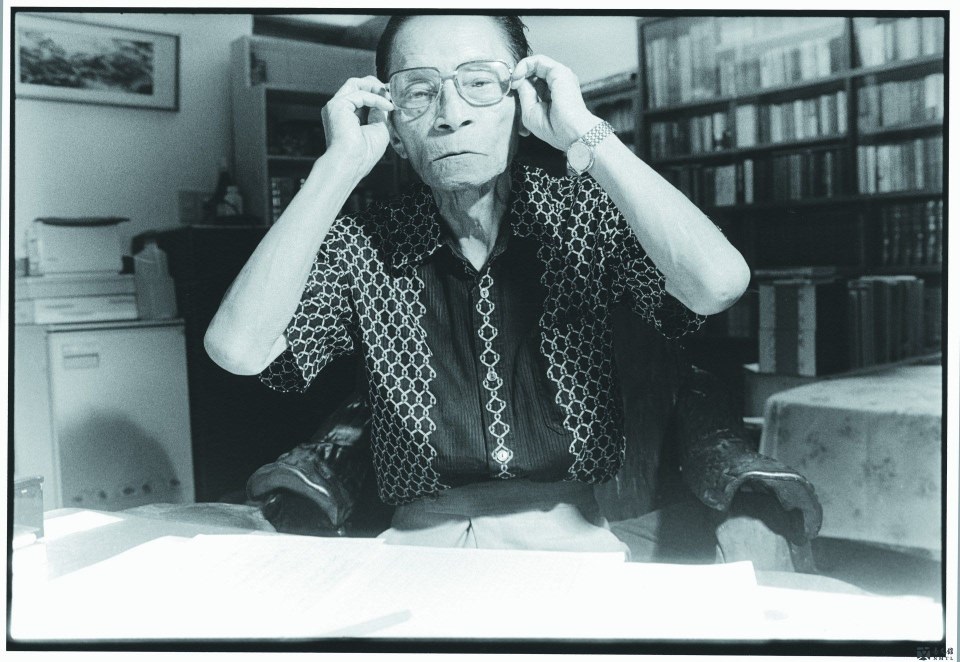
Wang Chang-hsiung
In this bust photo, Wang sat by a writing desk, with one hand holding his glasses. The second floor of his clinic at Zhongshan North Road, June 1998.(Provided by Lin Po-Liang)
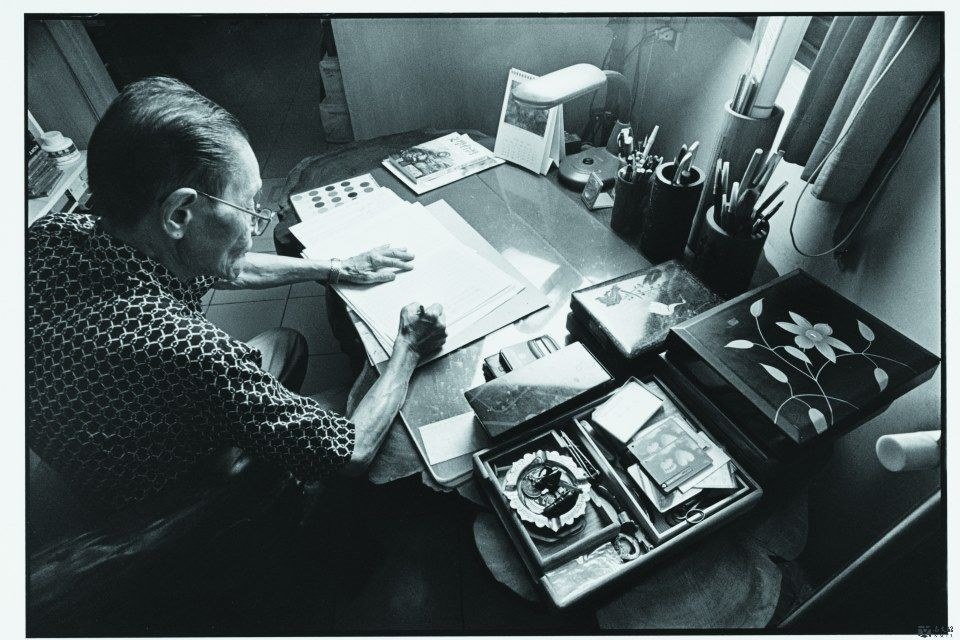
Wang Chang-hsiung
Wang Chang-hsiung, writing something on the second floor of his clinic at Zhongshan North Road, June 1998.(Provided by Lin Po-Liang)
Manuscript
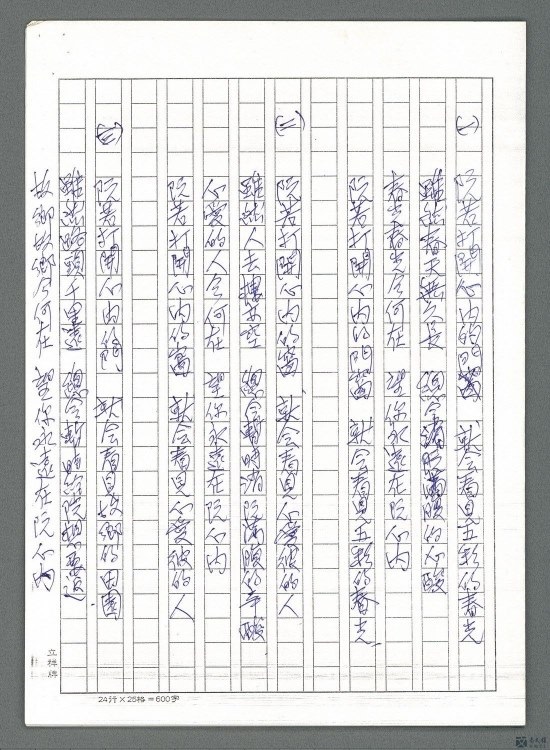
► Lyrics of “Opening the Window of My Heart”
Manuscript of the lyrics of “Opening the Window of My Heart.”(Donated by the family of Wang Chang-hsiung / Collected by National Museum of Taiwan Literature)
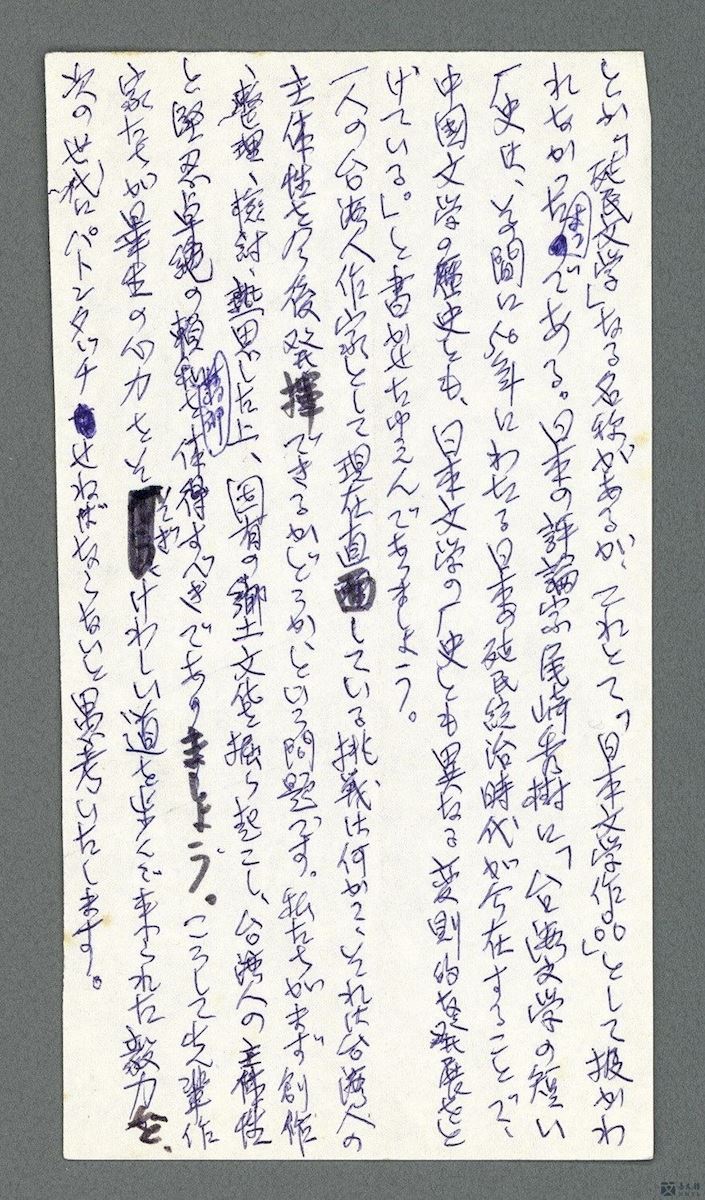
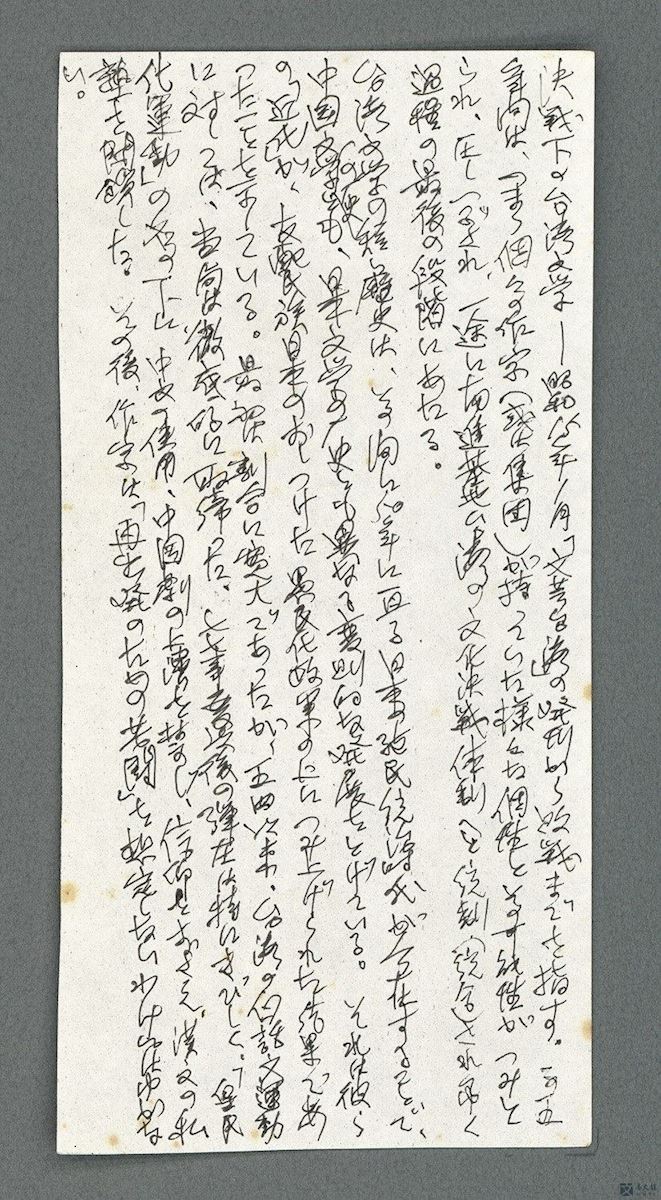
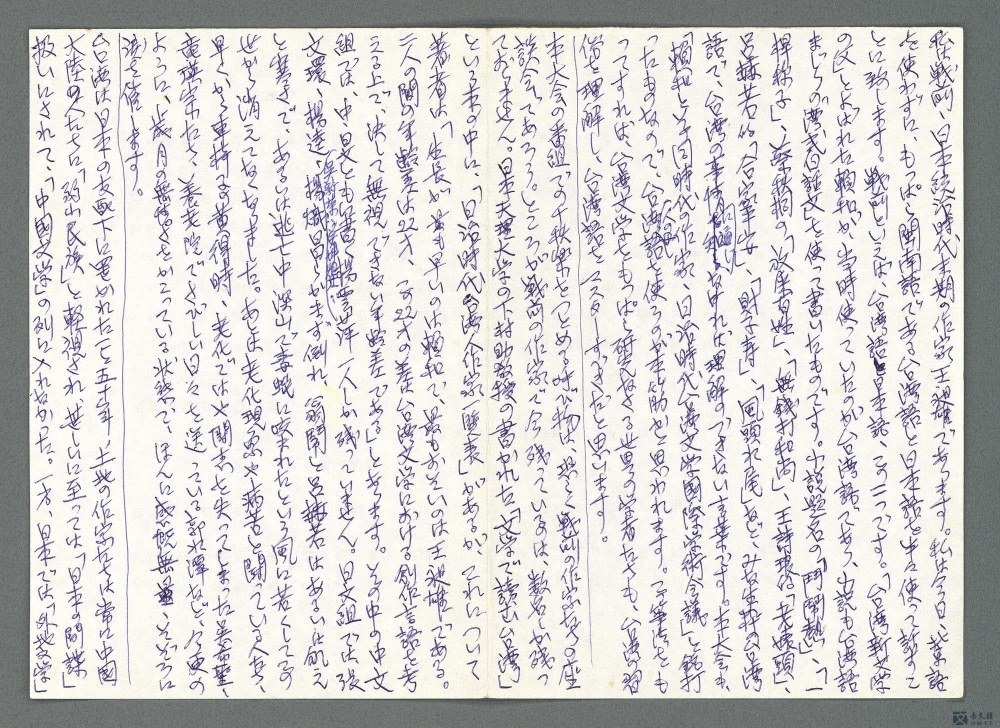
► Untitled: “Before the War, I…”
This is considered the original of a speech which the writer contributed at the International Conference on Taiwanese Literature during the Japanese Rule: Lai Ho and His Peers. Wang noted that the world’s scholars who studied Taiwanese literature should all learn Taiwan’s folk customs and try to master the Taiwanese language. Also, Taiwanese literature in the future must manifest the identity of Taiwanese people, spread the island’s culture, and pass these down to the next generations. He then explained the meaning of “Taiwanese literature in wartime.”(Donated by the family of Wang Chang-hsiung / Collected by National Museum of Taiwan Literature)
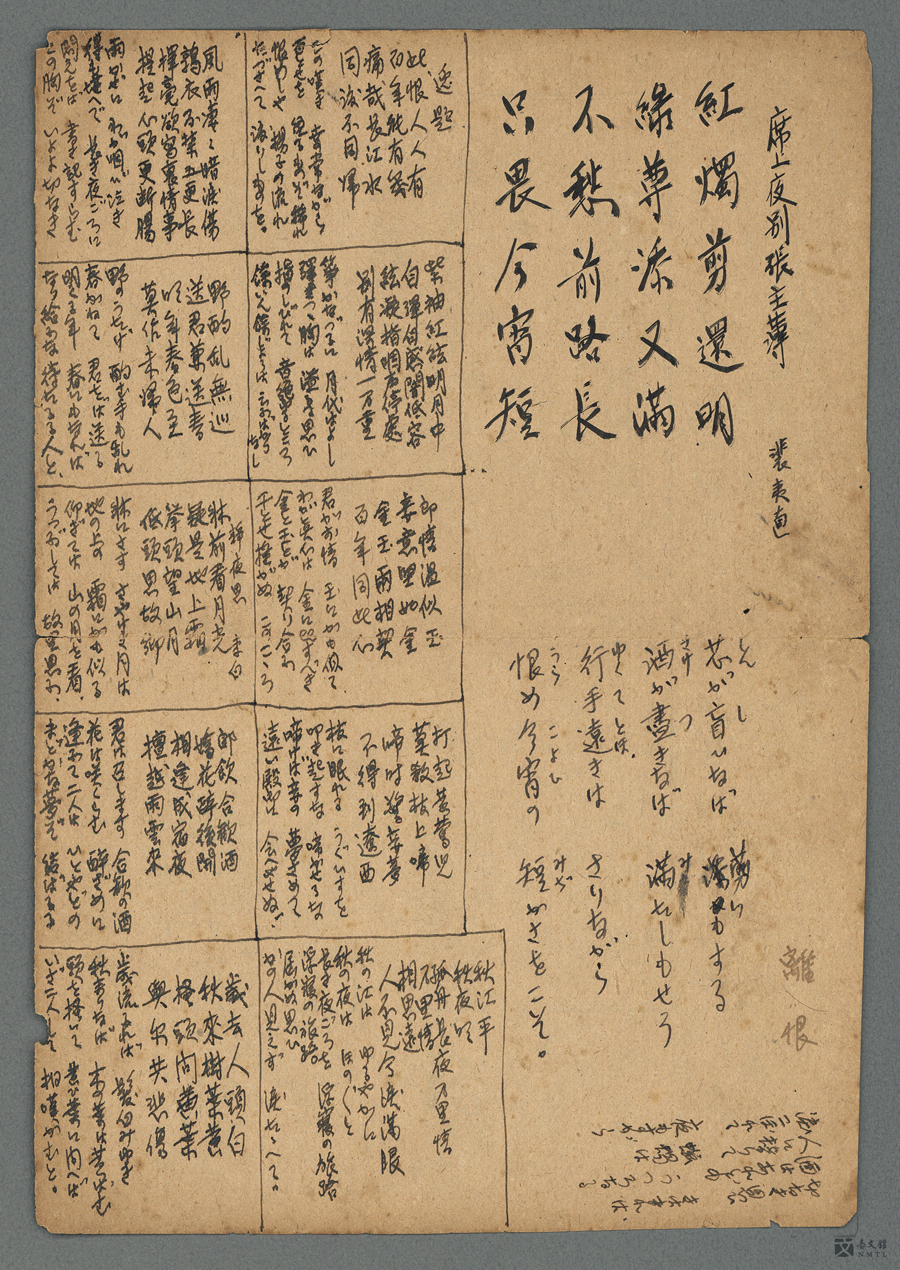
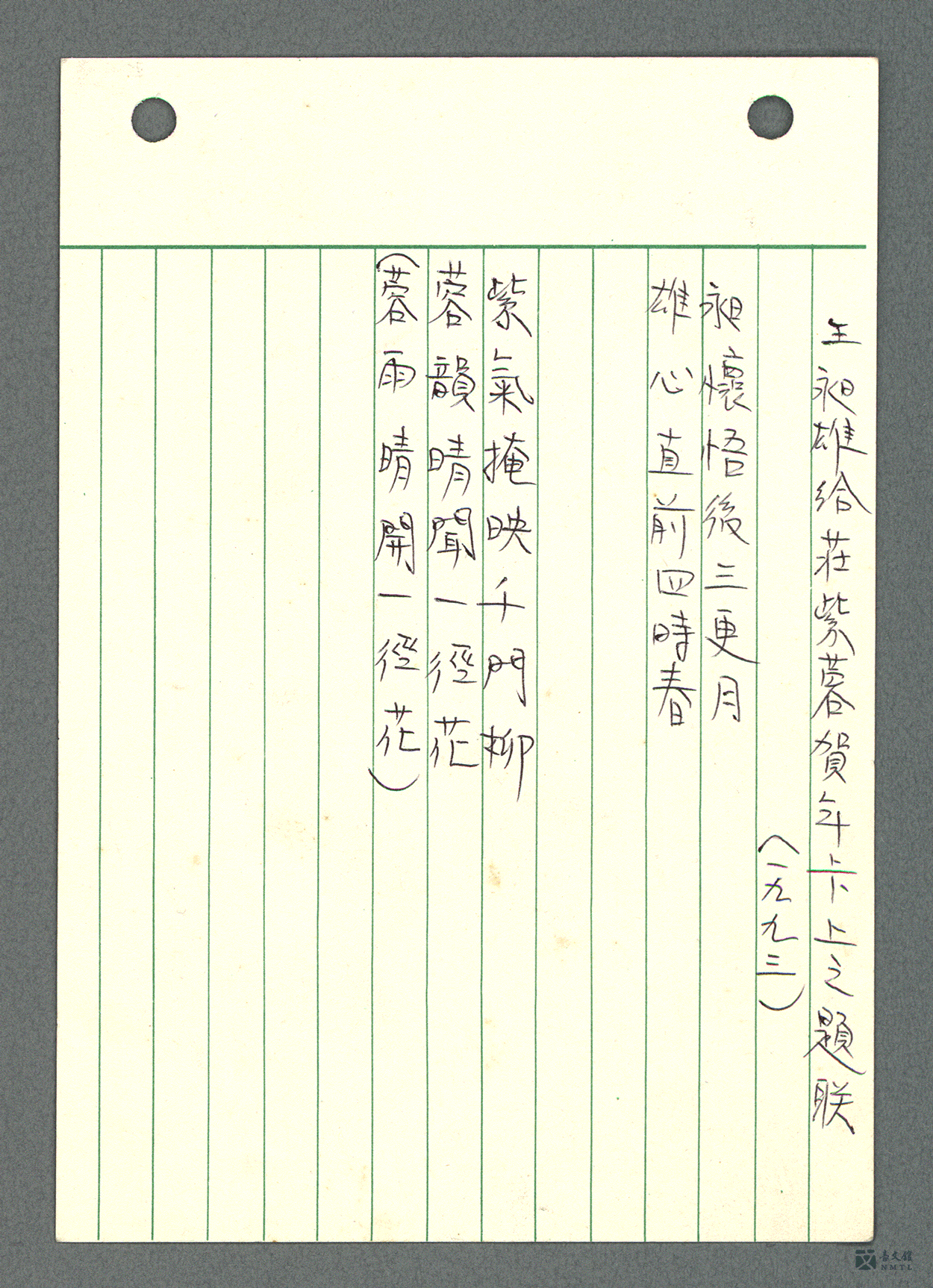
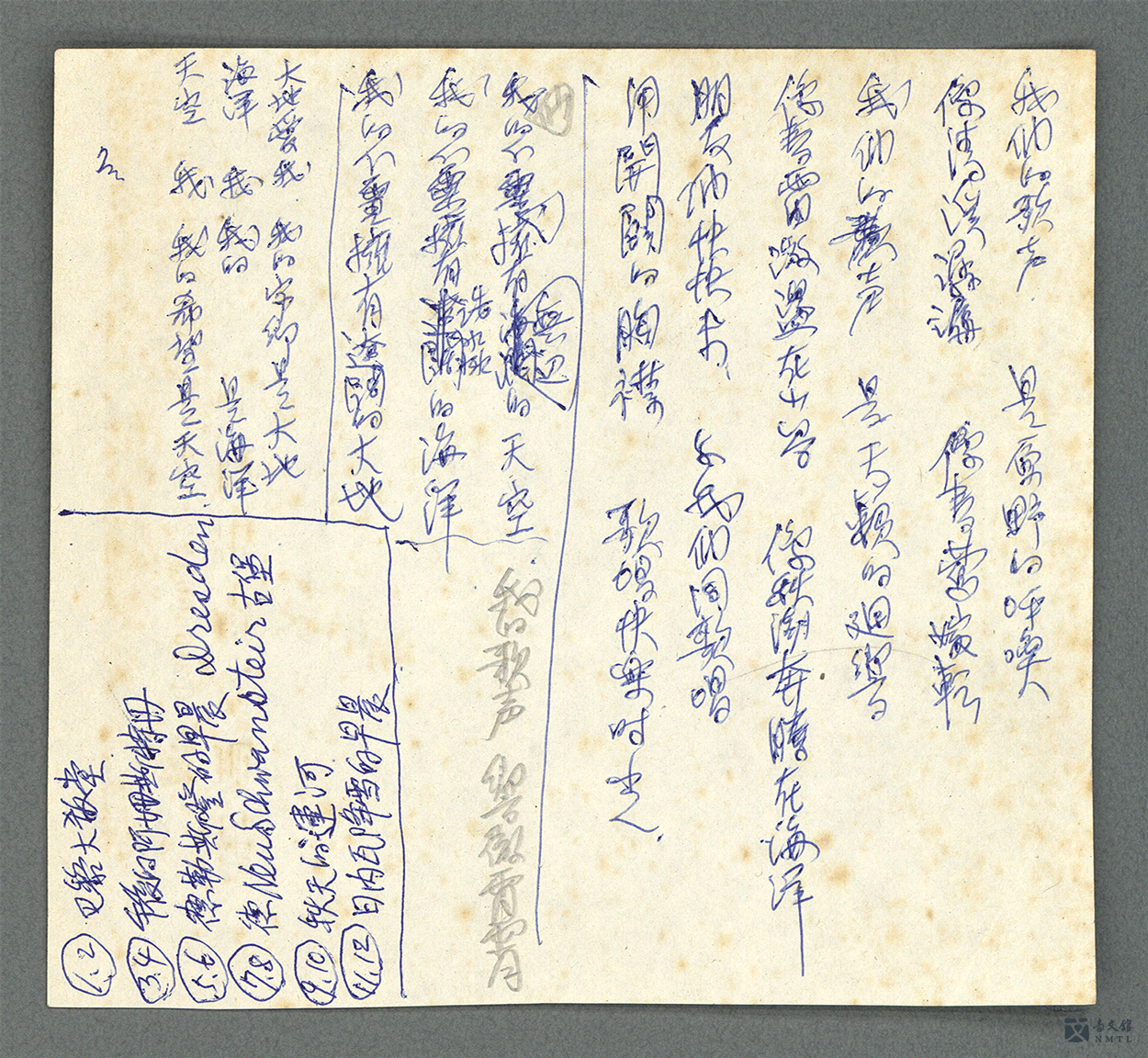
► Farewell at an Evening Gathering: Three old poems by registration officer Chang and a miscellany of poems and songs by Wang Chang-hisung.
Manuscripts by Wang Chang-hsiung.(Donated by the family of Wang Chang-hsiung/Collected by National Museum of Taiwan Literature)
